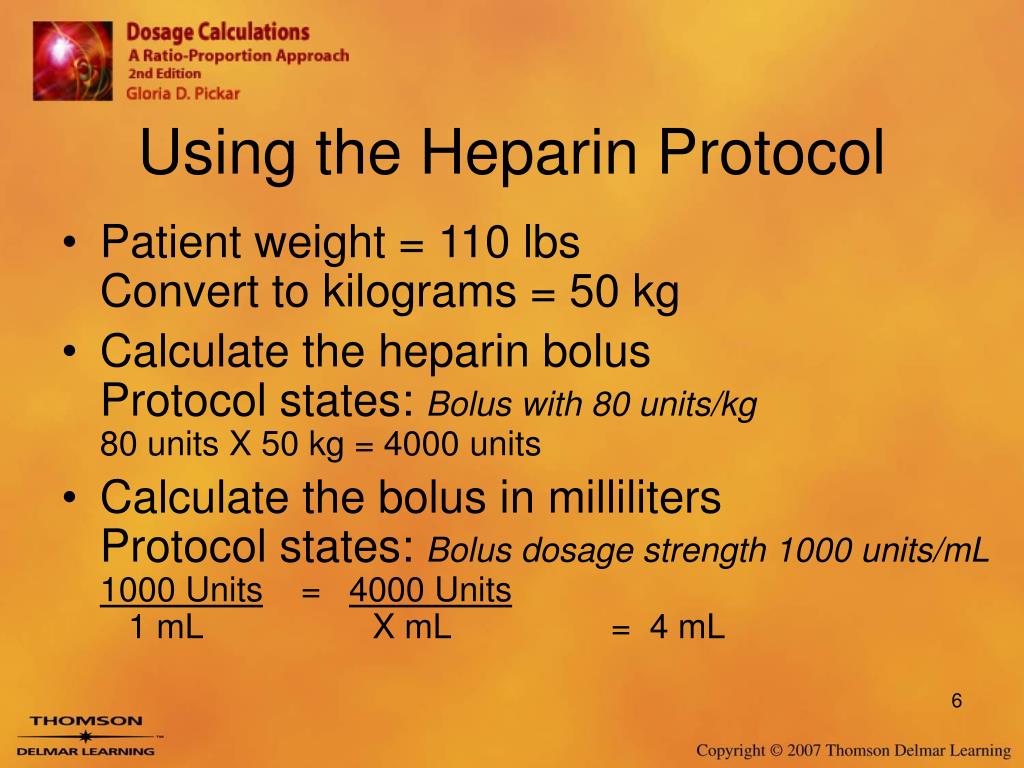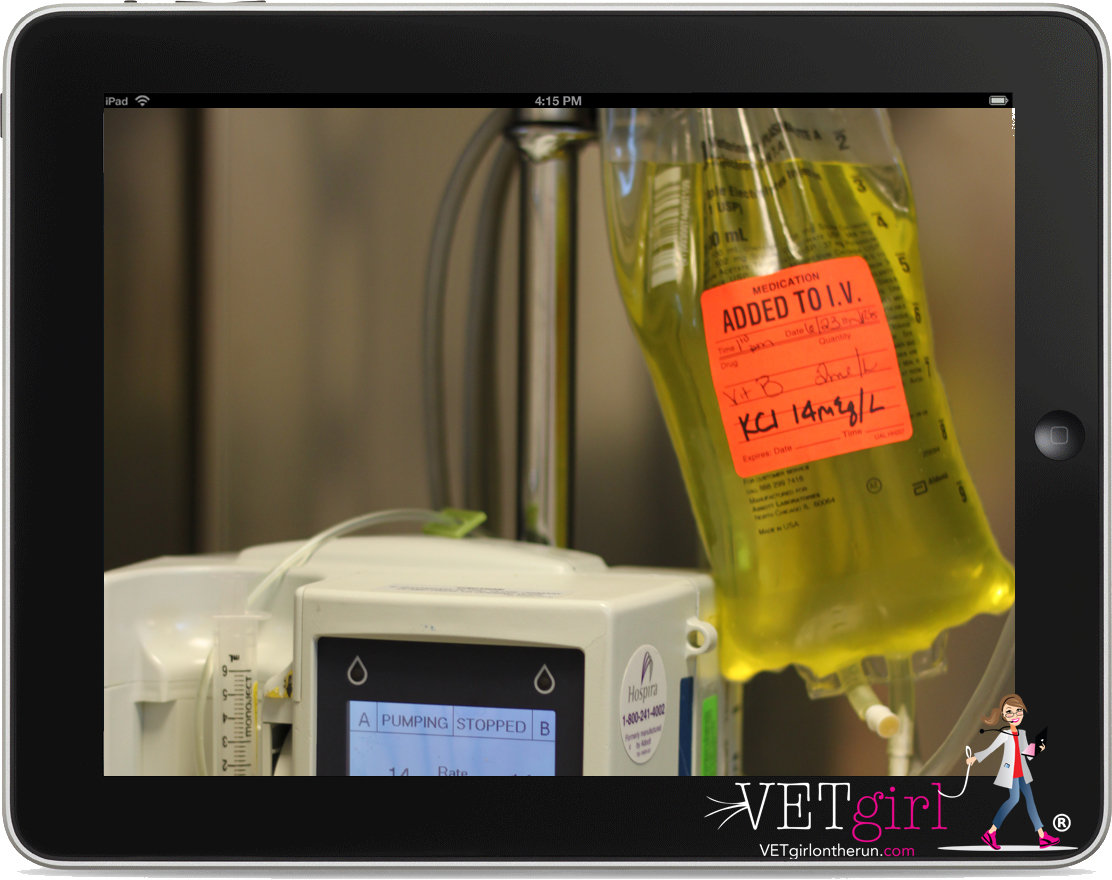
How to calculate and manage constant rate infusions The Veterinary Nurse
Formula 2. A quick-and-easy formula that allows the clinician to convert directly from the drug dosage in μg/kg/min to mg requires that a standard volume of 250 ml be administered at a standard rate of 15 ml/hr. Drug dosage ( g/kg/min) BW (kg) = μ × no. mg to add to 250 ml base solution at a rate of 15ml/hr. c o n t i n u e s.

Example of normal CSF circulation during a constant rate infusion... Download Scientific Diagram
A constant rate infusion/manually controlled infusion (CRI/MCI) of analgesic drugs is a simple and effective means of improving patient comfort. Various formulations can be used as a constant rate infusion; the protocol chosen depends on the patient and the degree of pain experienced or anticipated.

PPT IV Administration Dosage Calculation PowerPoint Presentation ID4497697
A constant rate infusion/manually controlled infusion (CRI/MCI) of analgesic drugs is a simple and effective means of improving patient comfort. Various formulations can be used as a constant rate infusion; the protocol chosen depends on the patient and the degree of pain experienced or anticipated.

How to calculate and manage constant rate infusions The Veterinary Nurse
Summary Equipment and medications that can be used for constant rate infusion are growing in popularity in small animal practices. This means the veterinary nurse will need to be able to calculate these accurately and efficiently to avoid accidental over or underdose.

Dopamine drug calculation formula for nurses Infusion rate calculation 2020 YouTube
Calculators for Emergency and Anesthetic drugs, Constant Rate Infusions (CRI), IV Fluid Rates, Chocolate Toxicity, Calorie requirements for dogs and cats and Unit conversion (including Weight, Temperature, Body Surface Area, mg to ug, cc's to ounces's, cm's to inches).

Constant Rate Infusions YouTube
Calculating CRI Doses Imagine that you have a 10 kg dog in need of a 10 ug/kg/min CRI of lidocaine. The concentration of lidocaine is 20 mg/ml. How can you use this information to treat your patient? First, multiply the dose by the dog's weight, like you would do if calculating any other drug dosage.

How to calculate and manage constant rate infusions The Veterinary Nurse
A collection of drug calculators for Veterinarians and support staff. Calculators for Emergency and Anesthetic drugs, Constant Rate Infusions (CRI), IV Fluid Rates, Chocolate Toxicity, Calorie requirements for dogs and cats and Unit conversion (including Weight, Temperature, Body Surface Area, mg to ug, cc's to ounces's, cm's to inches). Also includes normal laboratory reference ranges for.

3 Steps to Calculate IV Drip Rates an infographic Medical eStudy Calculators Ideas of
Now you can! Calculate one of several lidocaine/ketamine cocktails for convenient anesthesia customized for each patient. If you like the Constant Rate Infusion Calculator you'll love the VIN Suite of Calculators and Conversion tables. Use MyCalculations to save, print, compare and share results from different visits.

PPT Advanced Adult Intravenous Calculations PowerPoint Presentation, free download ID393773
Constant rate infusions (CRIs) are a simple, flexible, and inexpensive way to administer intravenous medications to hospitalised and surgical patients. They are administered using standard fluid pumps or with syringe drivers (either electronic or spring loaded), and many medications can be added to a patient's pre-existing intravenous fluids.

Constantrate infusions part two Vet Times
These routes would include delivery by transdermal, subcutaneous, intramuscular, intra-articular and intravenous. Intravenous administration of analgesic agents may be timed to be given intermittently or by constant rate infusion.

Constant Rate Infusion (CRI) Calculators IVAPM
A constant rate infusion/manually controlled infusion (CRI/MCI) of analgesic drugs is a simple and effective means of improving patient comfort. Various formulations can be used as a constant rate infusion; the protocol chosen depends on the patient and the degree of pain experienced or anticipated.

Drug Calculation
A constant rate infusion (CRI) is an important part of the treatment journey for many animal patients. CRIs play a key role in pain management, sedation, blood pressure management, electrolyte supplementation, insulin administration, and more.. The calculator allows you to calculate fluid therapy rates for a broad range of scenarios.

How to calculate and manage constant rate infusions The Veterinary Nurse
Constant-rate infusion (CRI) allows continuous low-dose administration of various analgesics. Optimally, CRIs are established prior to tissue damage (i.e., preoperatively) and run for 6 to 12 hours postoperatively. CRI analgesia is also quite effective in management of hospitalized patients with preexisting or persistent medical pain.

VETgirl Rounds Calculating Constant Rate Infusions (CRIs) in the ICU
A constant rate infusion (CRI) is a medication continuously administered to a patient and is used to maintain consistent plasma levels of that medication. CRIs are commonly administered to patients to achieve appropriate levels of pain management, blood pressure management, sedation, anaesthesia, electrolyte supplementation, insulin, and liquid nutrition via a feeding tube.

Constant Rate Infusion Preparation YouTube
First convert pounds into kilograms by dividing pounds by 2.2 (there are 2.2 pounds per kilogram): 11 pounds/ 2.2 pounds per kg (pounds cancel out) = 5 kg Now take the kg and multiply by the dose: 5kg X 2 mg/kg/day (kg cancel out) = 10 mg/day Now divide by the number of hours in a day (24) to get the per hour rate:

Constant Rate Infusions in Small Animal Veterinary Medicine Veterinary, Medicine, Veterinary
CONSTANT RATE INFUSION FORMULAS M DWV/(R 16.67) × where = milligrams of drug to add to base solution = dosage of drug in μg/kg/min = body weight in kg = volume of base solution in milliliters = fluid rate in mL/h 16.67 = conversion factor To determine the appropriate R if dosage is adjusted, the formula would be R = D(adjusted)WV/(M × 16.67) 2.